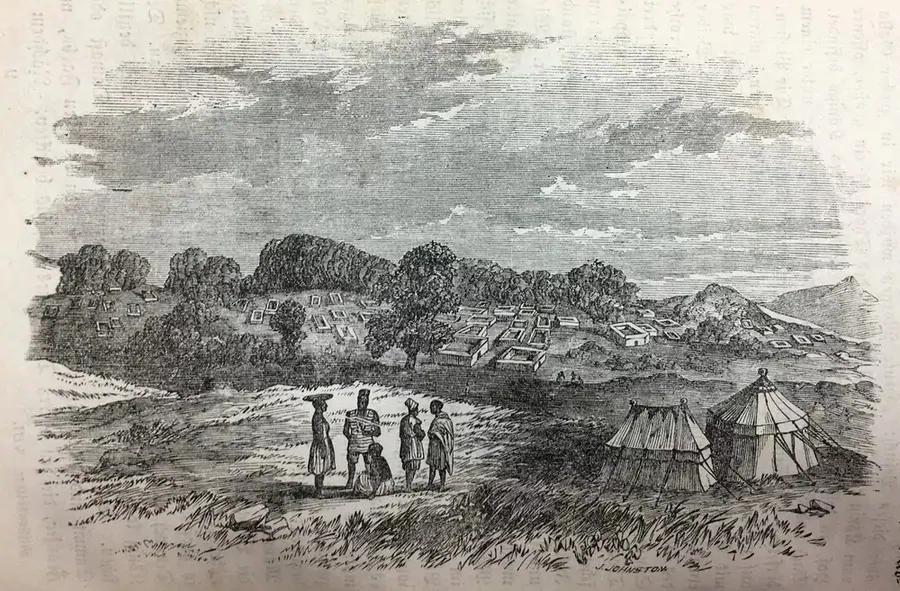Ijebu-Ode is one of the Ijebu towns in Ogun State, Nigeria. It is, in fact, the second largest city in Ogun State just behind Abeokuta, with a population of people estimated at 222,653 in 2007, as well as one of the most popular and leading local governments in the state. The city is located 110 km by road on the north-east of Lagos, right between Benin City and Sagamu.
Origin of the name – “Ijebu-Ode”
A site, (www.bobakeye.com), of one of the social groups – EgbeBobakeye–in Ijebu states that, “The name, “Ijebu-Ode”, according to Olusola, is a combination of the names of two persons namely, Ajebu and Olode who were conspicuous as leaders of the original settlers and founders of the town. Olode was said to be a relative of Olu-iwa, the first ruler of Ijebu.”
The two men, Ajebu and Olode, alongside one other man, Ajana, had gone to consult the Ifa oracle to give them directions on where to each settle, in a once dense forest. The Oracle told Ajebu to settle at a place now known as “Imepe” while Olode and Ajana were asked to settle at a place today called “Ita-Ajana”. It is not clear, however, which of the progenitors preceded the other.
The men did as the Oracle told them and as a further proof of history; the tomb of Ajebu is still marked at Imepe, near Oyingbo market along Ejinrin road till today and the same goes to Olode whose grave is at Olode Street at Ita-Ajana quarters.
Hence, Ijebu-Ode was coined from “Ajebu” and “Olode”.
GOVERNANCE
After the defeat of the Ijebu army by the colonial masters in 1893 and subsequently, the introduction of Divisional Administration by the Western Regional Government, Ijebu-Ode was made the Provincial Headquarters of Ijebu Provincial Administration which was created in 1923. Thence, Ijebu-Ode has been the capital of Ijebuland since that time.
Formerly, the town was divided into two wards: Iwade and Porogun. Iwade was further divided into Iwade Oke and Iwade Isale (North and South Iwade). These wards were, in turn, divided into quarters called Itun in Ijebu dialect. There were 25 quarters, with each quarter having its head. The 25 heads were collectively called OloritunMeedogbon and they formed the governing council of Ijebu-Ode.
The ruler of the Ijebu Kingdom, Awujale of Ijebuland, has his throne at Ijebu-Ode and rules the kingdom from there.
Traditional Governance
The Pampa
This group of people were referred to as the ‘electorate’ in modern democratic terms. Although this group is the lowest in ranks, it was the mother and spring board of the other groups. It was from this Pampa society that the others derived authority.
They had titles like The Agbon, The Kakanfo, The Lapo-Ekun, The Jagun, The Likotun, and The Ashipa.
The Osugbo
Osugbo is a fraternity of Chiefs and Elders, with “Orisa Edan” (two brass images) as the centre of their worship. It was the “Executive Authority”of the town, enforcing the law and executing judgement on defaulters, and ranking as the highest cult in the town, it commanded deep respect and reverence from the people of the town.
A society though mainly for men, it, however, admitted women who had passed the age of childbearing through an initiation process.
Titles in Osugbo in the order of their precedence are: OdeleOlurin, The Oliwo, The Apena, and The Akonaran.
Furthermore, in the same Osugbo fraternity, there was an inner circle that comprised of six members known as “The Iwarefa”. Of these six members, The Apena and the Odele Olurin were members.
The Ilamuren
Ilamurenis a group of ‘high chiefs’ headed by the Olisa. Other titled chiefs in this group areOgbeni-Oja (a title open to any indigene who is interested in bearing it), Egbo, Olotufore, Apebi, and some others. The Ogbeni-Oja (“Oja” here means “palace” not “market”) takes precedence over any chief when they meet at the palace of the Awujale.
The Odi Society
This society comprises of the Oba’s attendants and refugees, called “Asaforiji”.
The Parakoyi
This society, commercial in nature, oversaw every matter that had to do with trade and commerce in the town. The head of the group is OloriParakoyi.
References
www.google.com.ng/amp/s/www.naij.ng/amp/1114817-history-ijebu-ode-land.html
Feature Image: naija.ng

